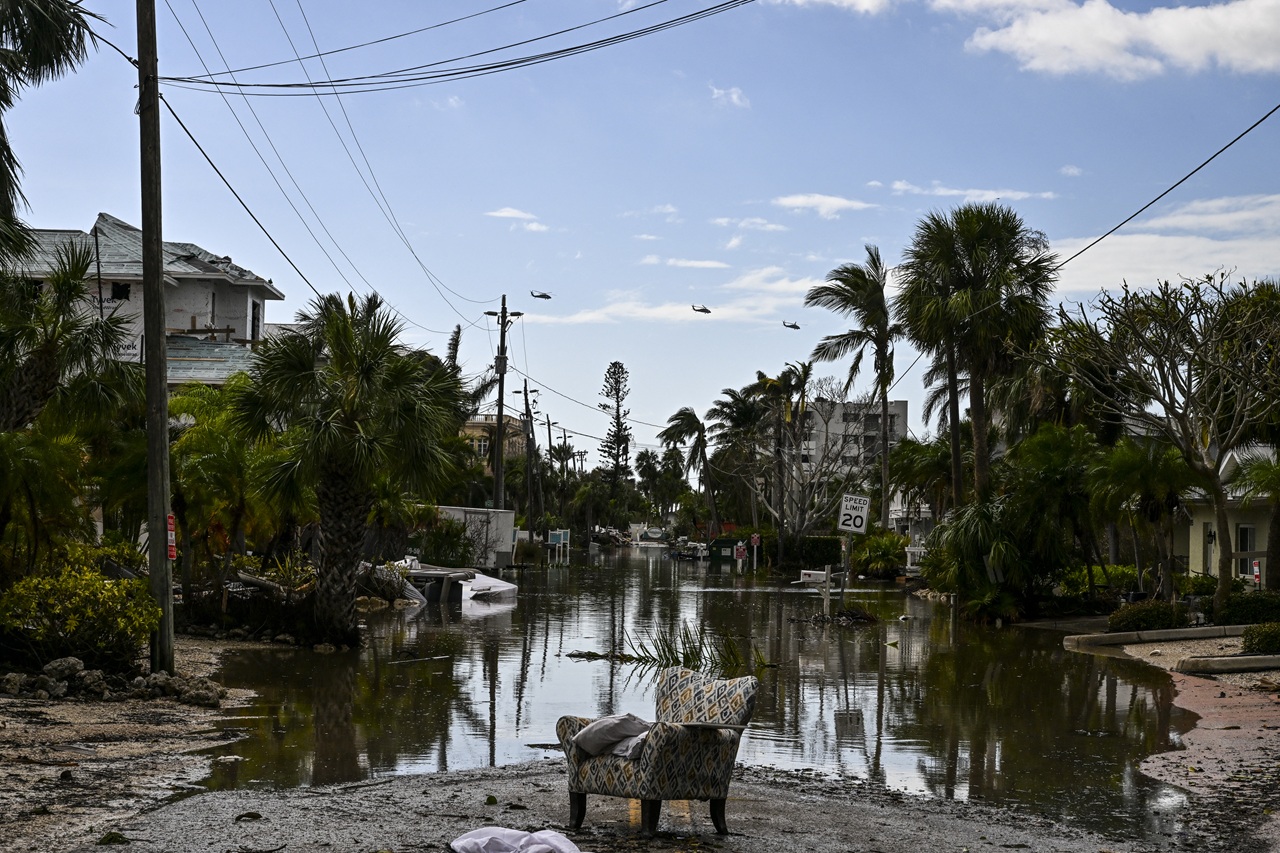
Tent Courts at the border, Makeshift procedures for a makeshift crisis
The Donald Trump government has designed a new mechanism to execute mass deportations via improvised tent courts at the border.
After the United States Supreme Court agreed to maintain the asylum ban requested by the Trump Administration, the Homeland Security Department machinery improvised immigration courts on the Mexican border.
The government decided to resolve the number of asylum applications at the border by implementing makeshift “tent courts,” in which immigrants attend a hearing on their asylum case by videoconference, often without the presence of an attorney.
According to the Washington Post, the administration has launched “an experimental and legally tenuous border policy known as the Migration Protection Protocols,” with around $155 million that the president managed to divert from national defense programs.
"By routing migrants directly from official border crossings into the adjacent court complex, U.S. authorities can fulfill the obligation to give asylum seekers access to the U.S. court system without giving them physical access to the United States,” explains the media.
This strategy is part of the “Remain in Mexico” program launched at the end of 2018, by which the governments of the United States and Mexico agreed that immigrants would remain on the southern side of the border while they waited for their turn in court.
The result: More than 40,000 immigrants overcrowded in makeshift camps in border cities such as Matamoros and Nuevo Laredo. The vast majority had come from countries such as Guatemala, Honduras and El Salvador, which makes it very difficult for them to qualify for asylum in the United States, especially after the Trump government imposed the third safe country protocol.
To recap: immigrants cannot apply for asylum in the United States if they have set foot in another country before arriving in Mexico on their way to the border. Once the court date has been granted to present their asylum claim, they must remain in Mexico until the day arrives, with no guarantee whatsoever of obtaining subsidiary protection from the United States.
RELATED CONTENT
And if that weren’t enough, immigrants then have to travel through one of the most dangerous areas of the border, four hours in advance, to a tent where a judge located miles away rules on their case through a screen.
Neither journalists nor lawyers can attend the hearings.
"By regulations, these courts are supposed to be open to the public," Charanya Krishnaswami, an Amnesty International lawyer, told CBS News. "And the reason why is that if they are not, all sorts of things can happen in secret."
The lawyer said the new facilities are the government's way of "issuing deportations as quickly as possible."
"Having public observers and legal counsel will slow the process because there are serious procedural problems which how this program is operating," she added.
Since the first migrant caravan arrived at the border - a strategy that has been used for some years to call attention to the desperate situation in the Northern Triangle countries - President Trump found the necessary smokescreen on the border to keep the dozens of scandals that undermine his government at bay.
Meanwhile, the incongruous measures of his administration have created a crisis that has nothing to do with immigrants and everything to do with radical anti-immigrant policies.











LEAVE A COMMENT: